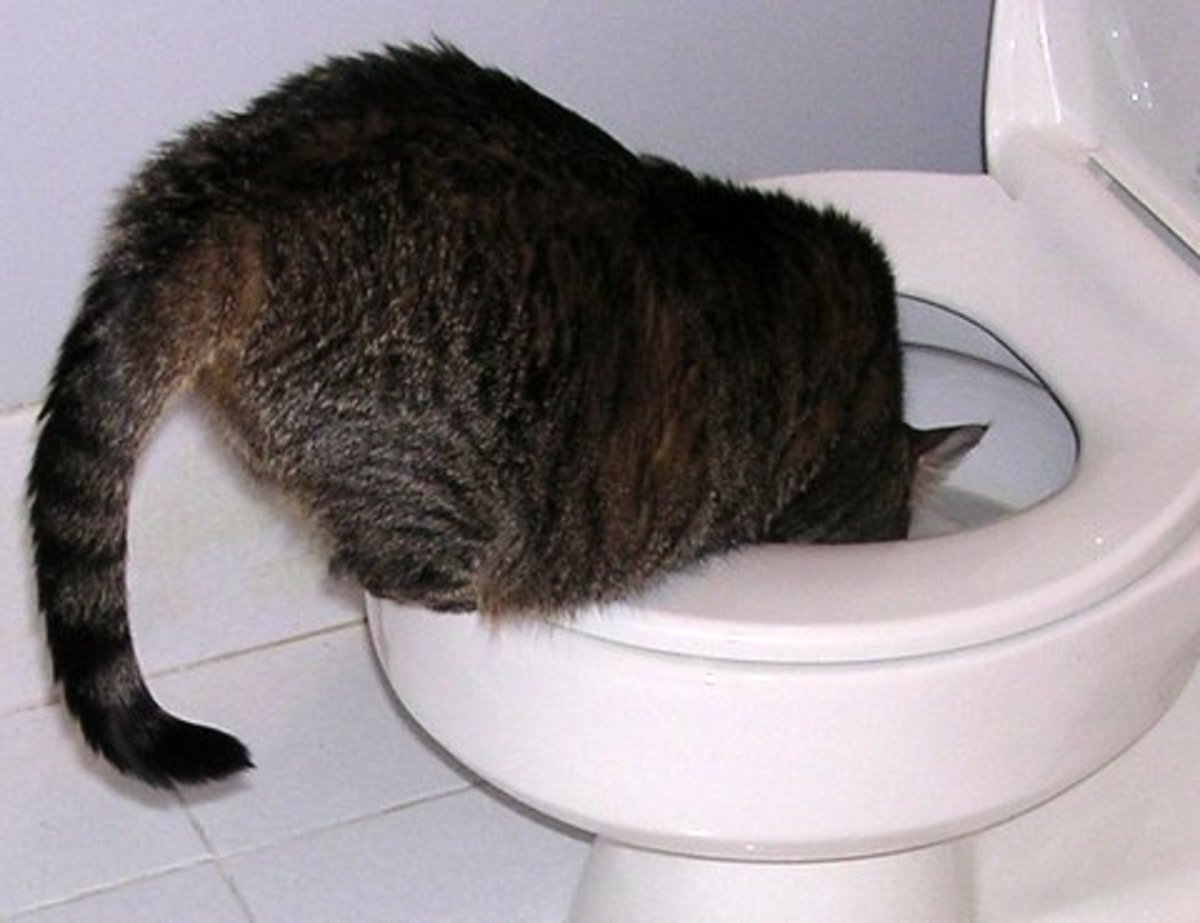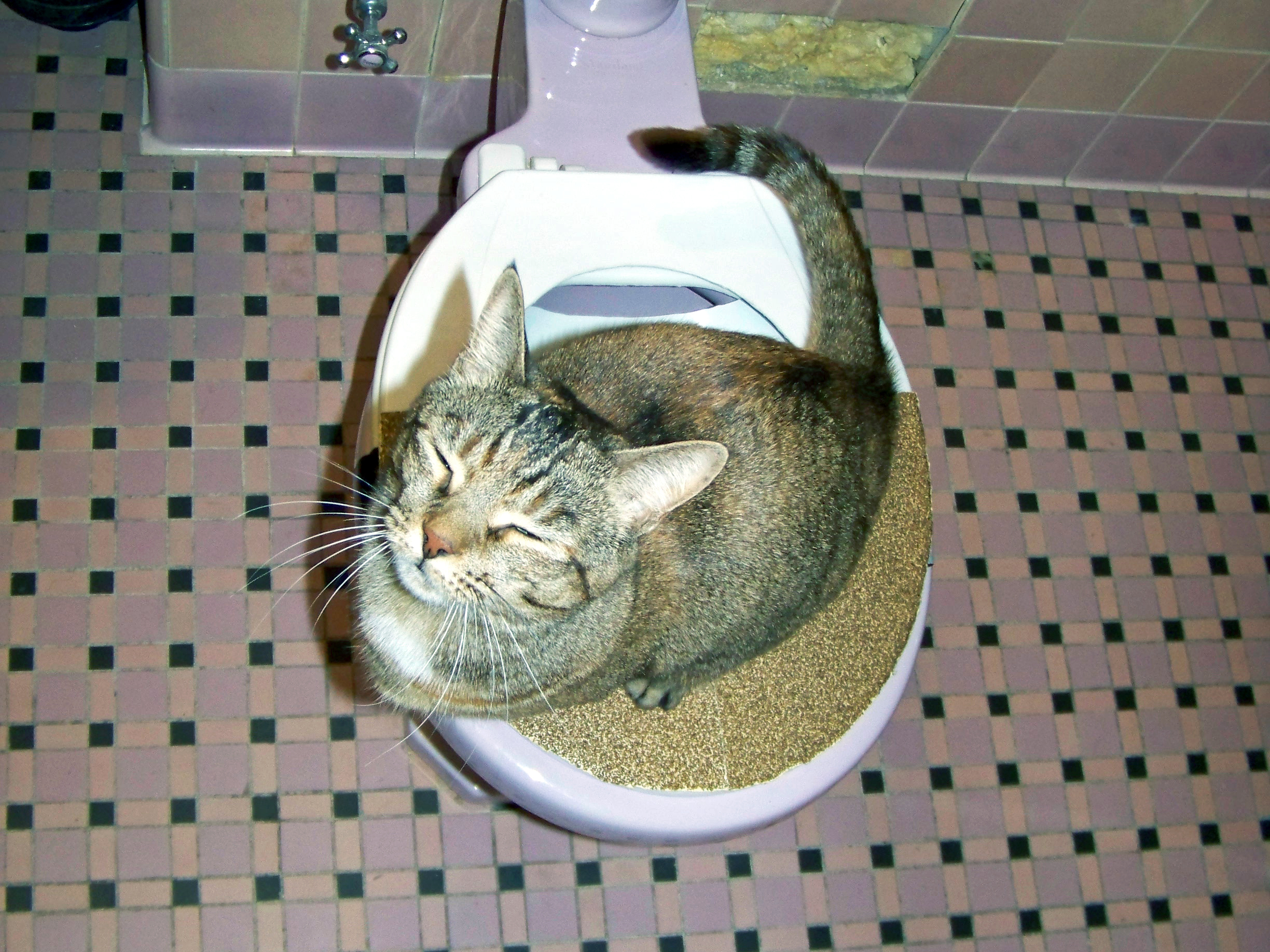What Flushing Animal Waste Down the Toilet Could be Harmful
What Flushing Animal Waste Down the Toilet Could be Harmful
Blog Article
Here in the next paragraphs yow will discover a bunch of extremely good material related to Why you should never flush dog poop down the toilet.

When it pertains to getting rid of waste, specifically animal waste, many people commonly resort to the practical option of flushing it down the bathroom. Nevertheless, this apparently easy service can have severe effects for the setting and public health. In this article, we'll discover why flushing animal waste down the commode is a negative concept and offer alternative methods for correct disposal.
Introduction
Proper garbage disposal is essential for keeping environmental sustainability and public health. While it may appear harmless to flush animal waste down the bathroom, it can bring about various issues, both for the setting and human wellness.
Risks of flushing animal waste
Ecological impact
Flushing animal waste presents harmful bacteria and virus right into waterways, which can negatively affect marine communities. These virus can pollute water sources and damage aquatic life, interrupting fragile communities.
Public health problems
Animal waste includes unsafe bacteria such as E. coli and Salmonella, which can present serious health and wellness dangers to human beings. Flushing animal waste down the bathroom can pollute water products, resulting in the spread of illness and infections.
Alternatives to flushing
Rather than purging pet waste down the commode, there are numerous different disposal approaches that are extra eco-friendly and hygienic.
Composting
Composting pet waste is an environmentally friendly way to deal with it. By composting, organic matter is broken down right into nutrient-rich dirt, which can be utilized to fertilize yards and plants.
Landfill disposal
Dealing with pet waste in a garbage dump is another alternative. While not as eco-friendly as composting, it is a safer choice to flushing, as it avoids the contamination of water resources.
Pet dog garbage disposal systems
There are specialized family pet waste disposal systems available that safely and hygienically take care of animal waste. These systems typically make use of enzymes to break down waste and remove odors.
Steps to correct pet waste disposal
To guarantee appropriate disposal of animal waste, comply with these actions:
Scooping and landing waste
Routinely scoop and bag animal waste utilizing eco-friendly bags. This avoids waste from infecting the setting.
Making use of assigned waste bins
Dispose of bagged pet waste in designated waste containers, such as garden compost containers or land fill bins. Prevent flushing it down the commode at all costs.
Cleansing can and family pet locations consistently
Regularly tidy litter boxes and animal locations to avoid the buildup of waste and germs. Use pet-safe cleansing items to preserve health.
Benefits of proper disposal approaches
Adopting correct disposal techniques for pet waste provides numerous benefits:
Lowered environmental pollution
Appropriate disposal approaches decrease the threat of environmental pollution, safeguarding rivers and communities from contamination
Lessened threat of water contamination.
By avoiding flushing pet get more info waste down the toilet, the danger of water contamination is dramatically reduced, protecting public health.
Enhanced hygiene and health
Proper disposal methods promote better cleanliness and health, developing a more secure setting for both human beings and pets.
Verdict
Finally, purging pet waste down the commode is dangerous to the setting and public health. By embracing different disposal approaches and complying with appropriate waste management practices, we can decrease the adverse effect of animal waste and add to a cleaner, much healthier world.
What To Do With Dog Poo – The Do's And Don'ts Of Disposing Of Faeces
Dog poo bins
Some councils provide dedicated dog waste bins in popular dog-walking areas that can take dog poo that has been bagged but you can legally dispose of dog waste in any public litter bin, as long as it is securely bagged. This also applies to your wheelie bin at home.
Do not flush
Water companies do not recommend flushing dog faeces down the toilet because certain parasites can survive the water processing treatment and are potentially harmful to humans. You should also never consider flushing dog poo that has been bagged down the toilet as the bags will not break down and instead create severe blockages in the sewage system.
In the woods
The Forestry Commission promotes a ‘stick and flick’ method for dealing with waste in the woods. This means finding a stick and using it to flick any poo from off the path so that it is out of the way of other walkers. You could also bury it as long as it is not in an area where there might be livestock.
Livestock
Parasites found in dog poo can be transmitted to livestock if they inadvertently eat infected faeces that has been left on grazing land. This could result in the death of sheep or abortion in cattle so you should always make sure you pick up your dog’s waste in fields where livestock could be present.

Regularly tidy litter boxes and animal locations to avoid the buildup of waste and germs. Use pet-safe cleansing items to preserve health.
Benefits of proper disposal approaches
Adopting correct disposal techniques for pet waste provides numerous benefits:
Lowered environmental pollution
Appropriate disposal approaches decrease the threat of environmental pollution, safeguarding rivers and communities from contamination
Lessened threat of water contamination.
By avoiding flushing pet get more info waste down the toilet, the danger of water contamination is dramatically reduced, protecting public health.
Enhanced hygiene and health
Proper disposal methods promote better cleanliness and health, developing a more secure setting for both human beings and pets.
Verdict
Finally, purging pet waste down the commode is dangerous to the setting and public health. By embracing different disposal approaches and complying with appropriate waste management practices, we can decrease the adverse effect of animal waste and add to a cleaner, much healthier world.
What To Do With Dog Poo – The Do's And Don'ts Of Disposing Of Faeces
Dog poo bins
Some councils provide dedicated dog waste bins in popular dog-walking areas that can take dog poo that has been bagged but you can legally dispose of dog waste in any public litter bin, as long as it is securely bagged. This also applies to your wheelie bin at home.
Do not flush
Water companies do not recommend flushing dog faeces down the toilet because certain parasites can survive the water processing treatment and are potentially harmful to humans. You should also never consider flushing dog poo that has been bagged down the toilet as the bags will not break down and instead create severe blockages in the sewage system.
In the woods
The Forestry Commission promotes a ‘stick and flick’ method for dealing with waste in the woods. This means finding a stick and using it to flick any poo from off the path so that it is out of the way of other walkers. You could also bury it as long as it is not in an area where there might be livestock.
Livestock
Parasites found in dog poo can be transmitted to livestock if they inadvertently eat infected faeces that has been left on grazing land. This could result in the death of sheep or abortion in cattle so you should always make sure you pick up your dog’s waste in fields where livestock could be present.

I discovered that page on Don't Flush Your Pets Poo Down The Loo, Vet Warns while perusing the search engines. If you please take the opportunity to share this article if you enjoyed it. I enjoy your readership.
Call Today Report this page